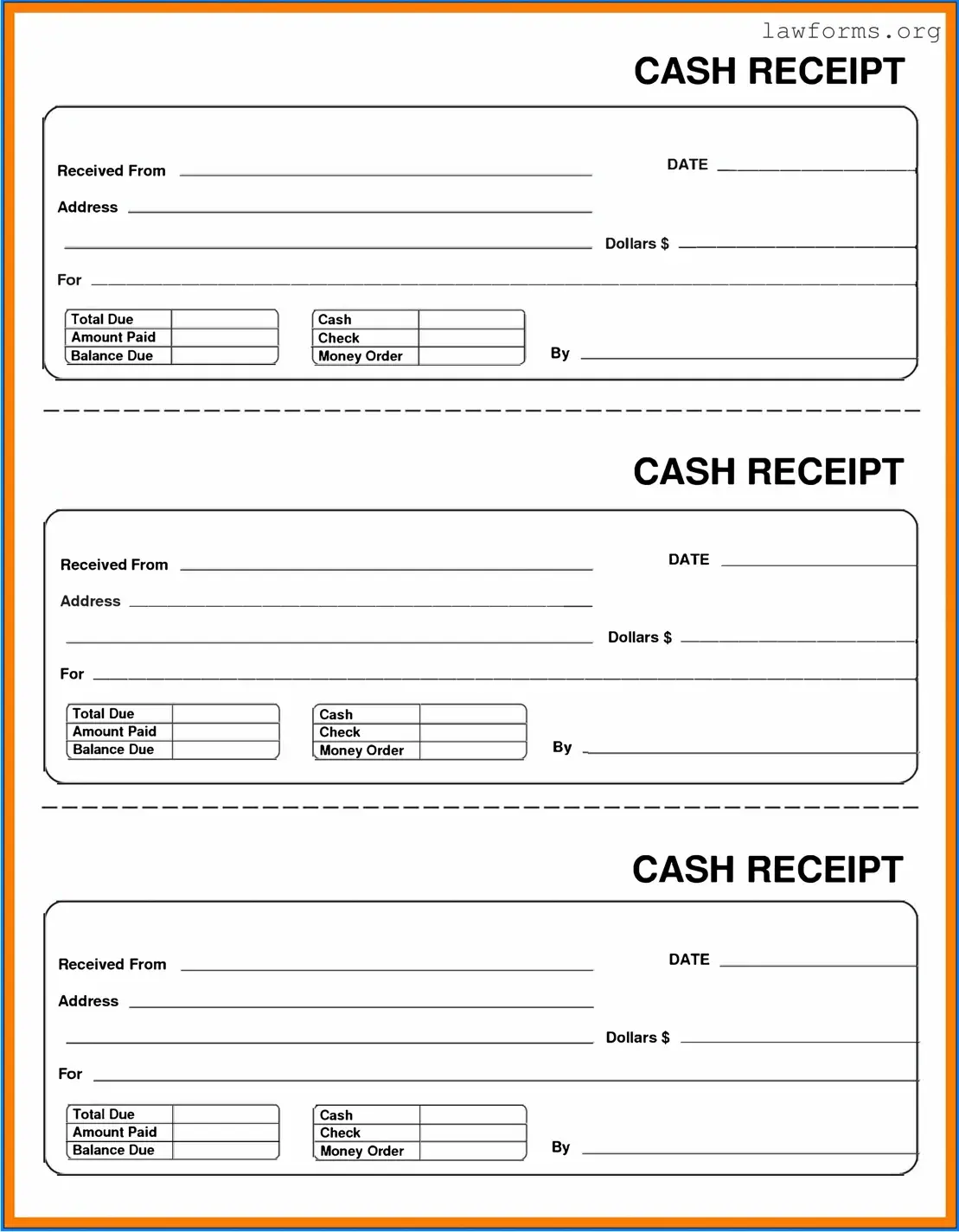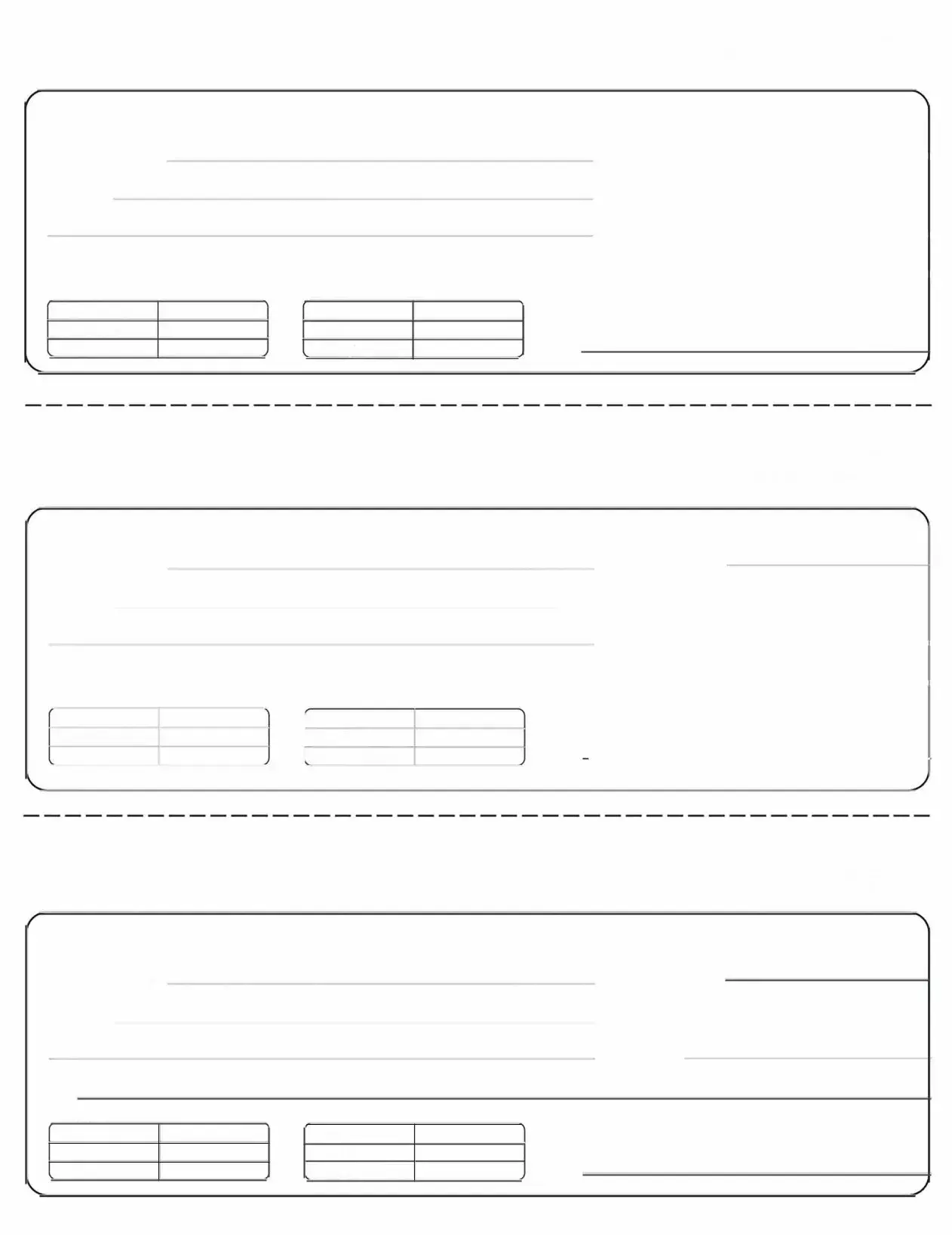Fill Out a Valid Cash Receipt Template
A Cash Receipt form is a document that records the receipt of cash payments from customers or clients. This form serves as proof of transaction, ensuring both parties have a record of the payment made. To streamline your financial processes, fill out the Cash Receipt form by clicking the button below.
Customize Document Online

